Market Analysis
Blister Packaging market (Global, 2024)
Introduction
Blister packaging is a new and important packaging solution in the market, which is expected to play a key role in the packaging industry, as the demand for effective, protective, and aesthetic packaging solutions is rising in the various industries. As consumers are becoming more and more demanding, manufacturers are innovating to meet these demands, leading to advancements in materials and technology. Blister packaging, which is known for protecting the product from external influences while enabling a clear view of the product, is gaining a foothold in industries such as pharmaceuticals, food, and consumer goods. In addition, the growing focus on product safety and the stricter regulations in the industry is also accelerating the adoption of blister packaging. Also, the increasing importance of e-commerce and the growing demand for enhanced product presentation is influencing the market dynamics and forcing companies to explore new designs and features. This report analyzes the current trends, challenges, and opportunities in the blister packaging market, while analyzing the current market and the factors affecting it.
PESTLE Analysis
- Political
- In 2024, the blister packaging market will be affected by the various political factors, such as the government’s policy on packaging. For example, the European Union has introduced the packaging and packaging waste directive, which requires that by 2025, 75% of all packaging waste must be recycled. This regulation has an effect on manufacturers, who are obliged to use sustainable materials and processes in their blister packaging solutions. Also, trade agreements and import duties can affect the cost of raw materials. For example, the United States has imposed tariffs on various plastics, which will increase the costs of blister packaging manufacturers in the affected regions and countries.
- Economic
- In 2024, the economy of blister packaging, a product of the pharmaceutical and household goods industries, is expected to increase. The global pharmaceutical industry is expected to reach $ 15,000,000,000 by 2024, and blister packaging is a more popular choice because of its ability to enhance the safety and shelf life of the product. In addition, the increase in per capita income in emerging economies is expected to rise by four percent per year, which will increase the consumption of a variety of products, including pharmaceuticals and household goods. The economic growth of the industry is also reflected in the employment rate, and the packaging industry employs more than 1,500,000 people in the United States alone.
- Social
- The social trends of 2024 show a growing concern for health and hygiene, which is reflected in the demand for blister packaging. Around 65% of consumers prefer products that are safely and hygienically sealed, especially in the pharmaceutical sector. In addition, the rise of e-commerce has changed the shopping habits of consumers, with about 50% of consumers preferring products that are less likely to be damaged during transport. This trend has led to the development of new blister-packaging formats that respond to these preferences.
- Technological
- By 2024, technological advances will play a key role in the blister pack market. The emergence of smart packaging such as NFC and QR codes is likely to increase. Approximately one-third of new blister pack products will be equipped with these features. These features not only increase the level of interaction with the customer, but also provide manufacturers with valuable information about how the customer uses the product and their preferences. In addition, advances in materials science are expected to bring about the emergence of biodegradable blister packs, which will represent 15% of the market by 2024.
- Legal
- Legal regulations affecting the blister-packaging market in 2024 include stringent regulations on material safety and the environment. The U.S. Food and Drug Administration (FDA) has issued guidelines that require all pharmaceutical packaging materials to meet specific safety requirements, which will have an impact on the choice of materials for blister packages. Also, manufacturers are obliged to meet the requirements of the Global Harmonization Task Force (GHT), since failure to do so can lead to fines and product recalls. It is estimated that in 2024 some 20 percent of packaging manufacturers will be subject to litigation because of noncompliance with these regulations.
- Environmental
- By 2024, the blister-packaging market will be increasingly influenced by the environment, with the emphasis on a sustainable approach. According to the study, 40 per cent of consumers are willing to pay a higher price for eco-friendly packaging, and this is driving manufacturers to find new, sustainable materials. The global drive to reduce plastic waste has led to initiatives such as a company's commitment to a goal of 100 per cent compostable or recyclable packaging by 2025. In addition, the carbon footprint of the packaging industry is under the spotlight, with the goal of reducing greenhouse gas emissions by 25 per cent over the next five years, as part of a broader commitment to the environment.
Porter's Five Forces
- Threat of New Entrants
- The market for blister packaging has a moderate degree of entry barriers, which includes significant investment in machinery and technology. However, the growing demand for packaging solutions in various industries, such as pharmaceuticals and consumer goods, may lure new entrants. Competition is strong from established companies with strong brands and distribution networks.
- Bargaining Power of Suppliers
- The supplier power in the blister-packaging market is relatively low, because of the availability of many suppliers of the raw materials. The raw materials for blister packaging, such as PVC, PET, and aluminum, are available in large quantities from a variety of suppliers, enabling manufacturers to change suppliers easily. Competition among suppliers thus keeps prices stable and reduces their bargaining power.
- Bargaining Power of Buyers
- The market for blister packaging is dominated by the large producers of pharmaceutical and household products. They often buy in large quantities and can negotiate favourable prices and terms. In addition, they have the choice of other packaging solutions, so they can easily switch to them if their needs are not met.
- Threat of Substitutes
- The threat of substitutes for the tin package is moderate. A blister package is widely used because of its protective properties and convenience, but alternatives such as clamshells, pouches, and cartons are also available. The choice of package depends on the product and consumer preference, which may affect the demand for tin.
- Competitive Rivalry
- Competition is intense in the blister packaging market, where numerous players compete for market share. Price, quality, innovation and service are the most important factors for these companies. The competition between well-established and new entrants is fierce and this leads to constant innovation and improvements in blister packaging technology.
SWOT Analysis
Strengths
- High product visibility and tamper resistance
- Cost-effective production processes
- Customization options for various industries
- Enhanced protection for sensitive products
- Growing demand in the pharmaceutical sector
Weaknesses
- Environmental concerns regarding plastic waste
- Limited recyclability of certain materials
- Potential for product damage during packaging
- High initial setup costs for manufacturers
- Dependence on raw material prices
Opportunities
- Expansion in emerging markets
- Technological advancements in packaging materials
- Increasing demand for sustainable packaging solutions
- Growth in e-commerce and online retail
- Rising health and safety regulations driving demand
Threats
- Intense competition from alternative packaging solutions
- Regulatory changes impacting material usage
- Economic downturns affecting consumer spending
- Supply chain disruptions impacting raw material availability
- Shifts in consumer preferences towards eco-friendly options
Summary
The blister-packaging market in 2024 will be characterized by its advantages in terms of product visibility and cost-effectiveness, especially in the pharmaceutical sector. However, its weaknesses are related to the environment and to its high initial costs. Opportunities for growth will be provided by emerging markets and by advances in sustainable materials, while competition and changing legislation will pose challenges. Strategically, it will be important for market players to focus on innovation and on sustainable development.

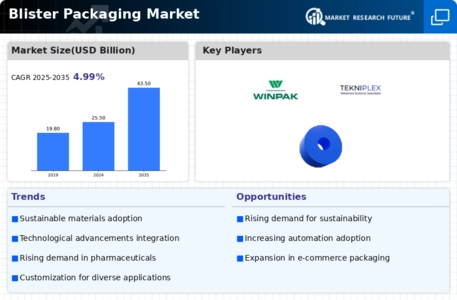

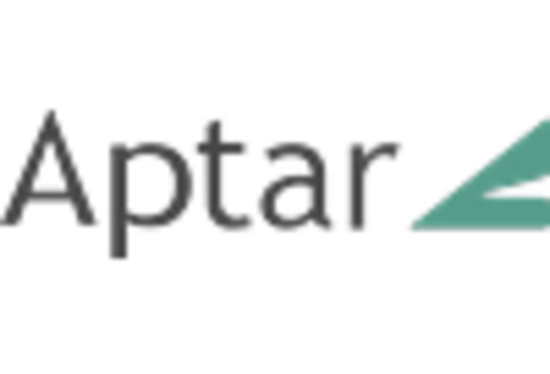
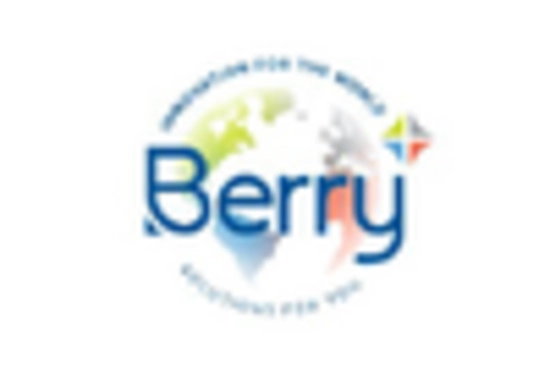
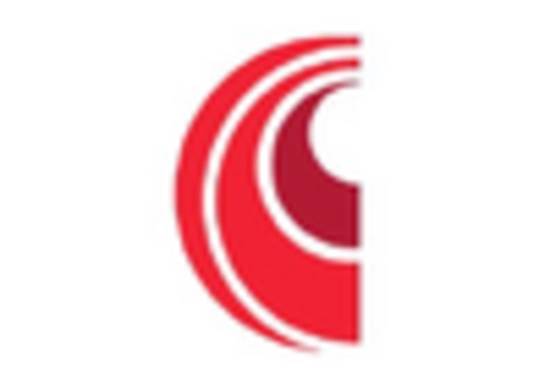
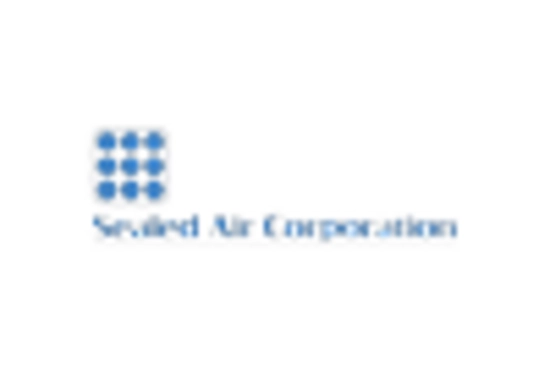
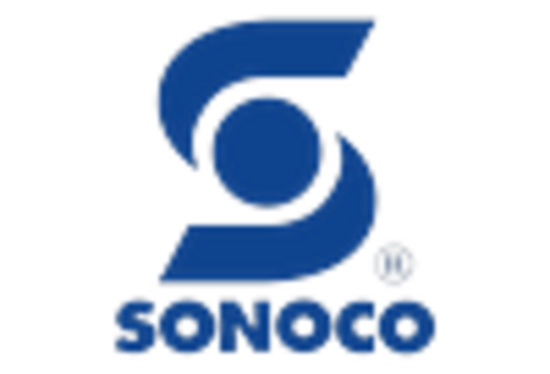

Leave a Comment